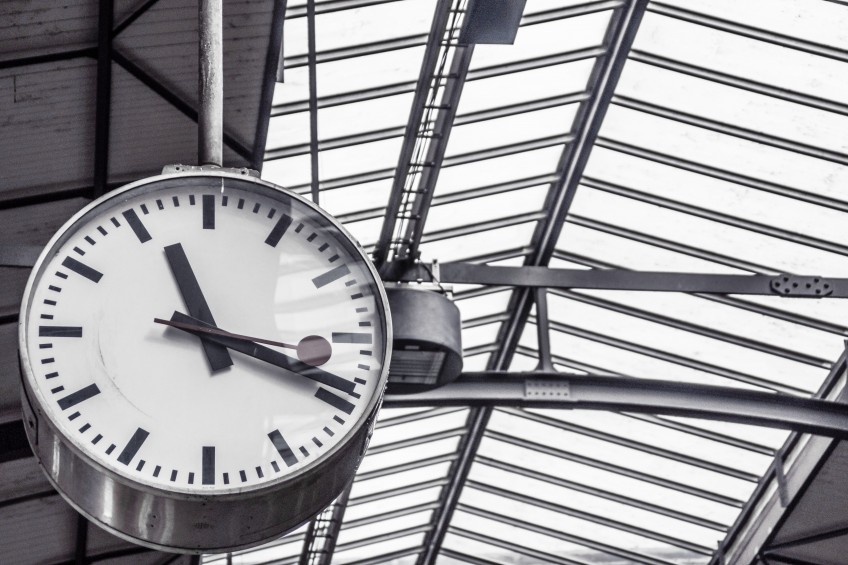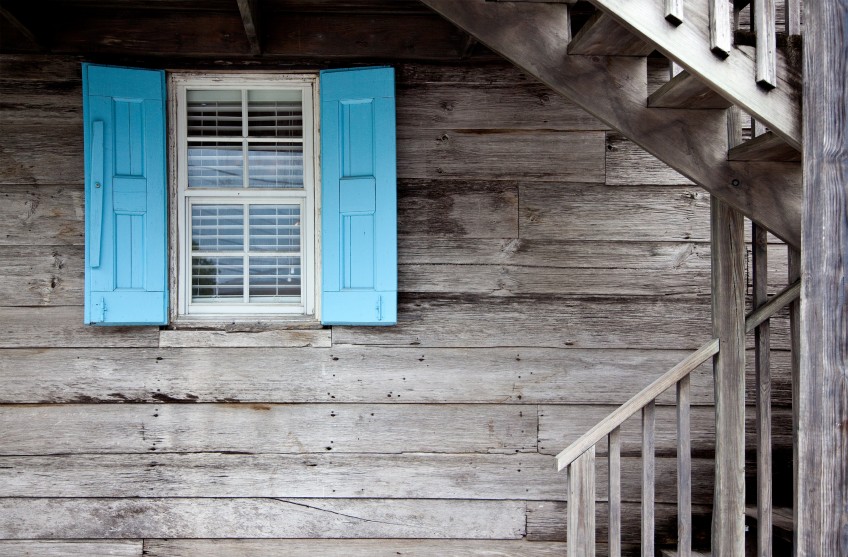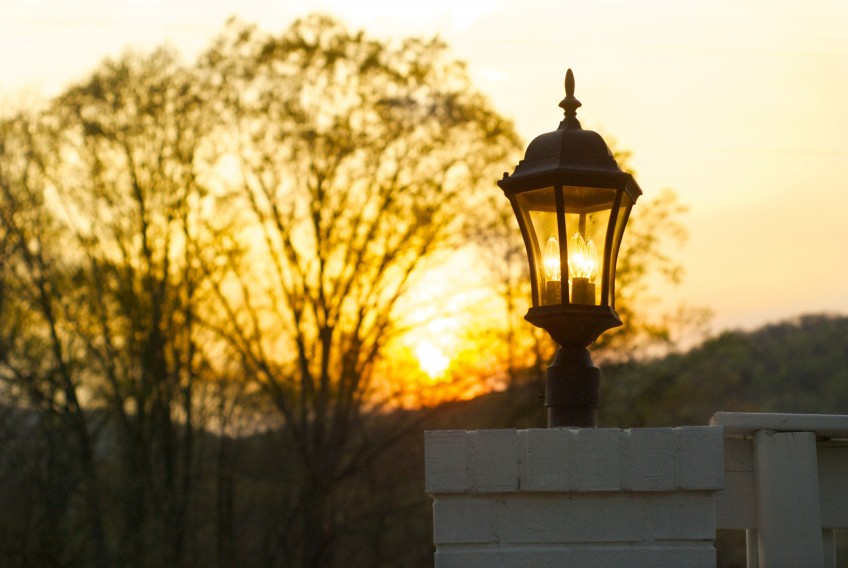Introduction
If you haven’t switched to LED lighting at your home yet, you're missing out! Whether you currently have Incandescent, Halogen, Compact Fluorescent, or something else, there is likely an LED alternative that will save you money and time without sacrificing quality or ambience. Read on to learn how to find and replace the best LED options for your home!
Step by step
When Thomas Edison invented the electric light bulb in 1879, it revolutionized the world. What he created was called an incandescent light bulb and consisted of a burning filament encased in a vacuum or inert gas. Fast forward 100+ years and not much has changed with this technology. While effective, it is highly inefficient, with much of the electricity being consumed as heat rather than given off as light.
Fluorescent lights were the next advancement and they were about 5x more efficient than an equivalent incandescent. Unfortunately, they were also ugly, unreliable, and expensive. While homeowners grudgingly adopted them, most didn’t really like them that much.
Light Emitting Diode (LED) lights are a byproduct of the semi-conductor industry and while first developed in the 1970’s, they did not become a common source of lighting until the 2000’s. The past 5 years have seen incredible advancement with LED lighting, with efficiencies going up and prices coming down. They last longer, are more durable, and look better than any incandescent alternative and are the only real solution you should be considering for 99% of applications.
We have an entire article written on "Lighting Basics - Technology" where you can read more on this.
So how much will all of this time and money you're about to invest save you? We covered that in detail in our "Lighting Basics - Efficiency" article. (Spoiler alert, LEDs save you a lot of money!)
Our step-by-step instructions will focus on determining what lights you need and the best ones to buy.
- Determine what type of bulbs you need
What type of technology you currently have isn't as important when picking an LED replacement as what base type and bulb size/shape.
Read our article on "Lighting - Bases and Shape" to figure out each type of bulb you have.
Next you'll need to decide on what brightness (lumens) you need and the color temperature you prefer.
Lumens
Lumens are a measure of light output, or brightness. The higher the lumens the brighter the light. Since most of us don’t think in lumens, most LED lamps show an equivalent incandescent wattage. For example, a standard A19 lamp is often a “60W equivalent” even though the LED itself might only use about 10W. This means both of them have similar lumen outputs, probably around 800 lumens.
Color Temperature
When we talk about color in lights we’re not talking about pinks and greens. Rather, it is color temperature. This reflects how “warm” or “cool” things look in the light and is measured in Kelvins (K). Natural sunlight has a color temp of about 5500K. While you can get lamps in this color, most people prefer a “warmer” color, which is a lower number. Skin tones and colors look more yellow and natural at a lower color temp. For indoor residential applications most people prefer either 2700K or 3500K. If you are choosing a light for outdoors, you may want a higher color temp around 4000K or 5000K.
Take a look at this video from Lumicrest for more information on Color Temperature.
- Count each type
Now that you can recognize the different types, go around and take a tally of each type. Don’t forget to get the ones in floor lamps, outside, or in the garage.
While you're counting, now is a good time to think about two things that are important during an LED Conversion; dimmers and ballasts.
Dimmers
Ah dimmers. Great for ambience but they make our LED swap a little more difficult. One of the great things about those inefficient incandescent lights is how beautifully they dim down to a warm glow. Some LEDs are dimmable but they tend to flicker at the last 10-20% of dimming. If it is a light that you don’t use that often, you might just consider leaving it incandescent to save the hassle. If you run it often though, the energy savings will make the hassle worth it.
You’ll likely need to change out the dimmer switch for an LED compatible dimmer. More on this later but make sure you get a count of how many lamps are on dimmers and how many dimmer switches.
First, if you have lights that are on dimmers, you need to buy a dimmable LED. A dimmable LED will work on a non-dimmable circuit but not visa versa.
Second, most dimmable LEDs won’t work well on traditional incandescent dimmer switch so you’ll need to change it out with an LED compatible dimmer switch. We have a recommended model in the material section.Fluorescent Ballasts
Thankfully, there are some really good options for direct LED replacements. Unfortunately, if you have a really old ballast (the big black thing wired into your fixture) that is driven by magnetic rather than electronic drivers, it likely isn’t compatible with the new LED models. This will likely only be an issue if you have the old T12 (1 ½”) lamps. You should plan to replace the ballast as it is likely to fail soon anyhow.We recommend a simple Instant Start ballast replacement, after which you can complete a direct replacement LED. We’ve listed a recommended product in the materials section for you.
- Purchase what you need
See a full list of suggested light bulbs in our Materials section on the right hand side. These are all lights from reputable manufacturers that we’re confident will provide a good overall value of good looks, long life, energy savings, and reliability. - Install
Ok. All the materials have shown up and it’s time to change the lights! Hopefully you’ve done this before so we won’t cover in detail. Just switch the power off, unscrew the old, and screw in the new. For fluorescent, turn the light about a quarter turn and pull it out of the fixture. Snap in the new one in reverse.
If you need to swap any dimmer switches or ballasts, please follow the manufacturers directions. There are also some good articles online for both dimmer and ballast replacements. If you aren’t confident doing this work yourself, consider hiring a qualified electrician. We'll write some articles on these steps later.




